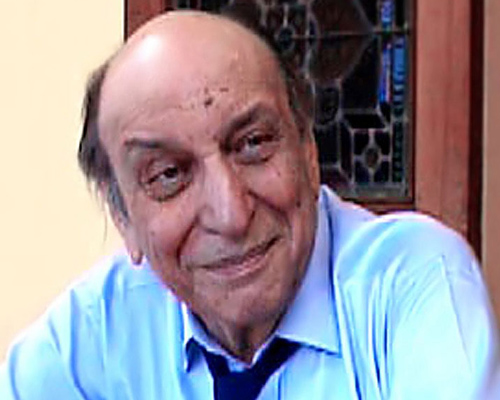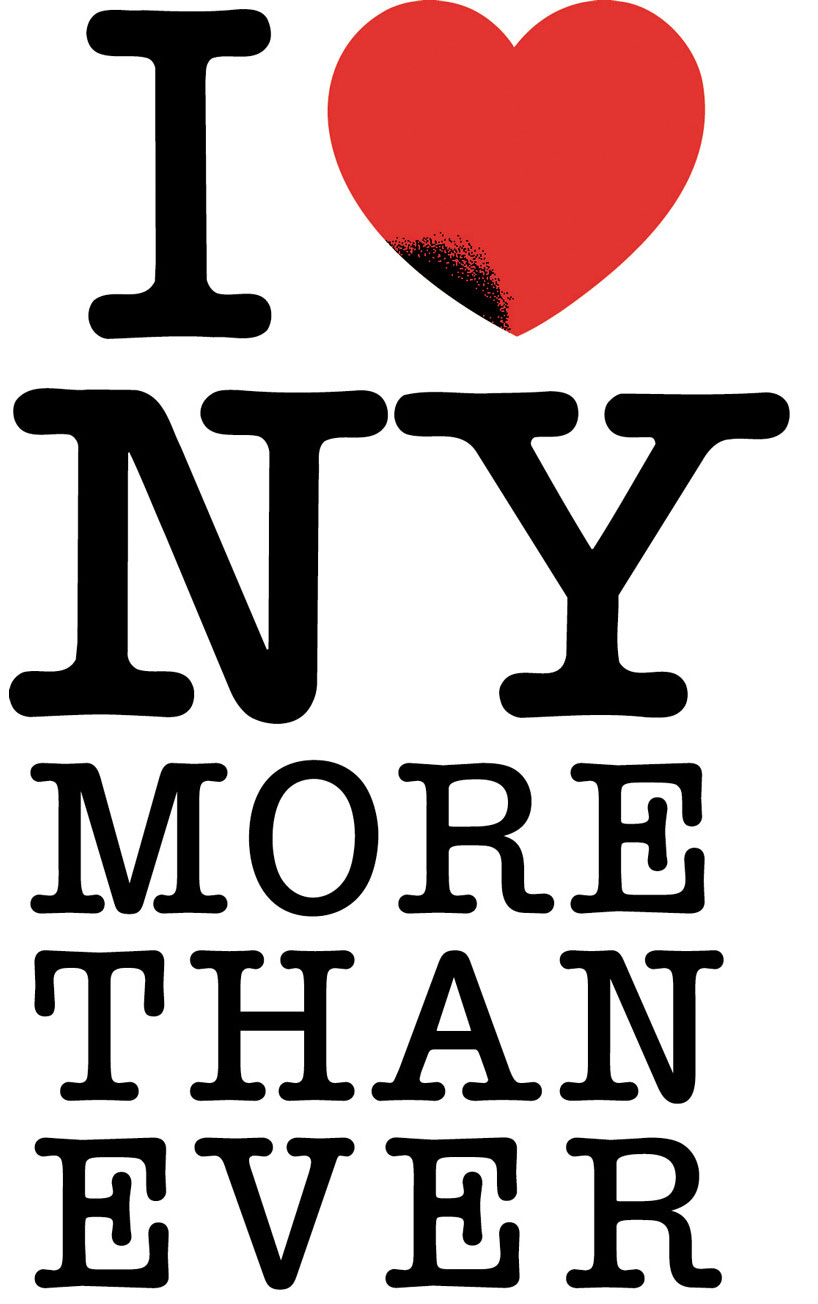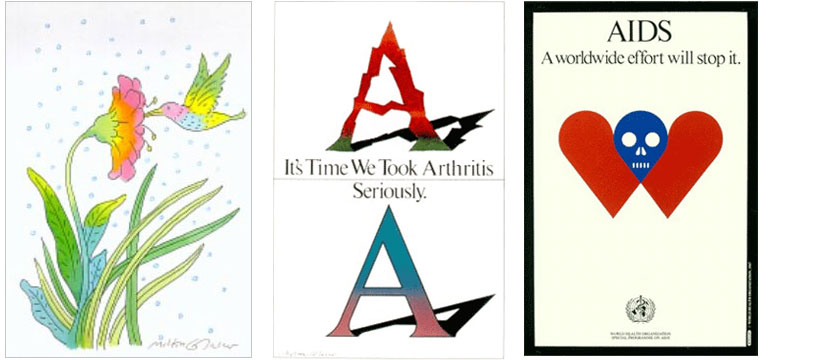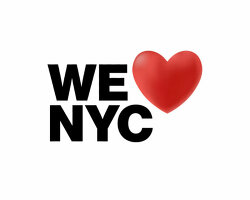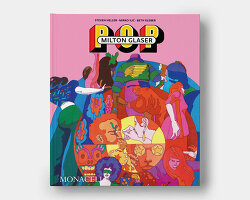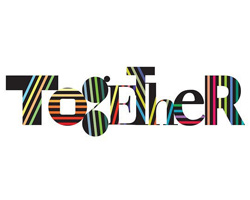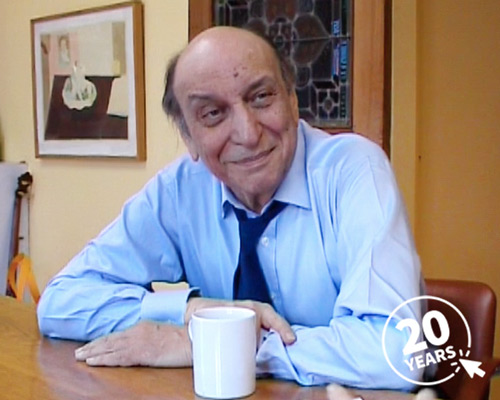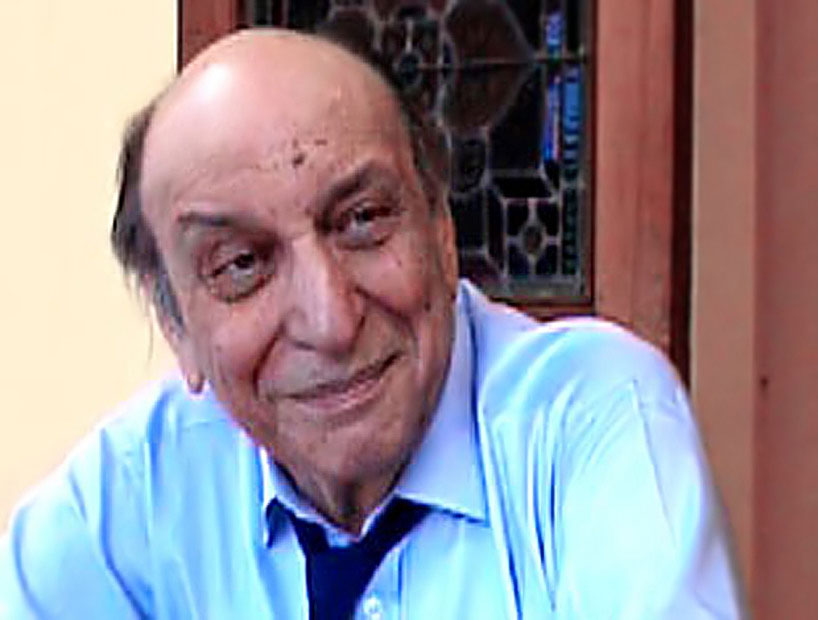
milton glaser | portrait © designboom
designboom met milton glaser in new york on may 18th, 2000.
designboom (DB): what is the best moment of the day?
milton glaser (MG): when the new idea emerges from deep of the back of my brain to the front of my brain. it happens any time.
DB: what kind of music do you listen to at the moment?
MG: I listen to everything, my musical taste is extremely eclectic – traditional jazz, folk music, baroque, classical music (mozart , bach, even beethoven, brahms). my inclination is that I favorite baroque and 18th century music over 19th century music. well, I admire the 19th century for both, in terms of its musical and of its artistic accomplishment, but it does not touch my heart in quite the same way.
DB: do you listen to the radio?
MG: I do.
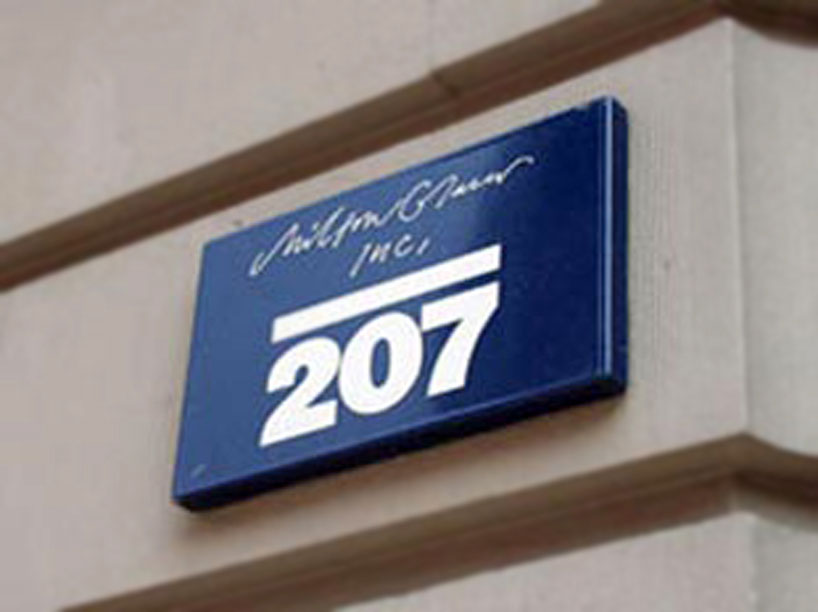 milton glaser inc.
milton glaser inc.
DB: what books do you have on your bedside table?
MG: several books on why bush should be defeated; ‘leonardo’s incessant last supper’; one of gombrich’s books.
DB: do you read design magazines?
MG: sometimes.
DB: where do you get news from?
MG: radio, television, newspapers (news weekly).
 a tourism-campaign symbol, 1973. the campaign was an enormous success, running for 25 years, with no end in sight.
a tourism-campaign symbol, 1973. the campaign was an enormous success, running for 25 years, with no end in sight.
DB: do you notice how women are dressing?
MG: do you mean stylistically? or if someone comes into the room and is dressed like you? do I notice it? yeees (laughs). my criteria for most things is appropriateness. which is to say sometimes nothing is more appropriate than a little t-shirt and a pair of jeans, or something by issey miyake for a dinner party. this is true for most things in my life, I don’t have an absolute sense of what things should be like. it’s all relative.
DB: what kind of clothes do you avoid wearing?
MG: it depends on what I’m doing. when you get older you begin to dress more formally, a sort of to protect your history. but on the weekend I wear a t-shirt and a pair of dirty pants like everybody else.
DB: do you have any pets?
MG: a little cat that we had for 11 years died recently, so we are left with a single cat.
in the aftermath of september 11, 2001, glaser updated his design by adding a smudge to the lower corner of the heart and the words ‘more than ever’.
DB: when you were a child, did you want to become a graphic designer?
MG: I always wanted to be an artist, but I didn’t know what a graphic designer was. I suppose that among the earliest things I ever did as a child was to copy comic strips.
DB: where do you work on your designs and concepts?
MG: I work all over, I do different things in different places. I have a very nice studio in woodstock, where I go on thursdays, fridays and saturdays. there I do things that have to be done alone, drawings and complex things I have to think about. at the NY studio it is mostly organizing, working with others and producing things. I would say that I’m never not working in my mind. taking taxicabs or during breakfast…
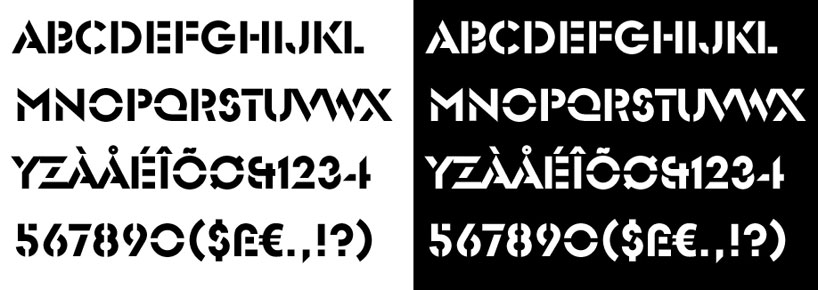 glaser stencil™, 1967 a font family tree displays different foundries’ versions of basically the same typeface design.
glaser stencil™, 1967 a font family tree displays different foundries’ versions of basically the same typeface design.
DB: who would you like to design something for?
MG: I don’t have those kinds of fantasies. I like to design something for institutions that did no harm and for personalities that I feel comfortable with.
DB: which project has given you the most satisfaction?
MG: it is very hard to say, because they are all very different. I’m working now on a buddhist museum, a himalayan museum in new york and it has been a very interesting, a very pleasurable project. but all these projects are very interesting in their own way. actually, it is not the project in itself. what makes them more interesting than anything else is the character of the people you’re working with. I enjoy working together for a common purpose.
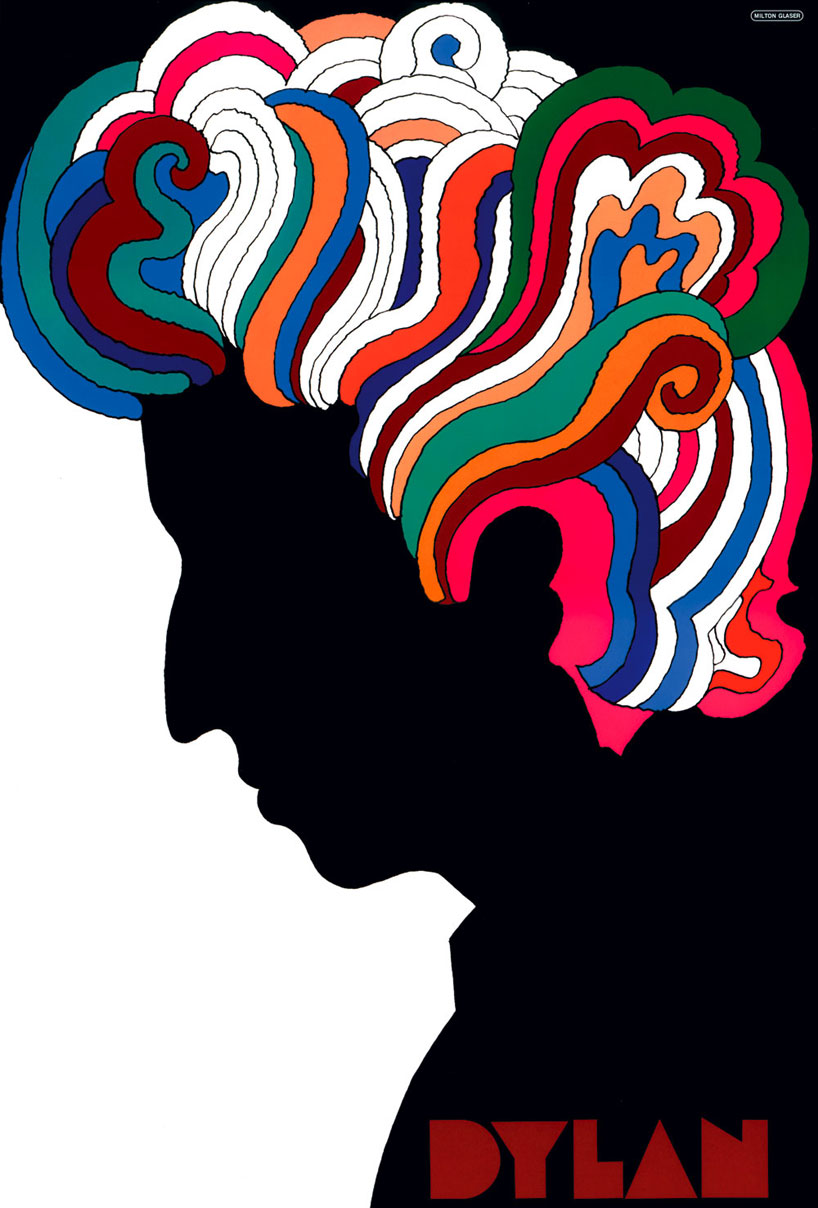 bob dylan with the kaleidoscope hair, poster for CBS records, that was included in the singer’s greatest hits album, 1966.
bob dylan with the kaleidoscope hair, poster for CBS records, that was included in the singer’s greatest hits album, 1966.
DB: do you discuss your work with other artists?
MG: almost never.
DB: describe your style, like a good friend of yours would describe it.
MG: its most striking character is its randomness, its range, very often you could not say that the job was done by me, because there are jobs that require the absence of style, as well as those that require the presence of style. as a graphic designer my work is characterized more by drawings. more than many of my contemporaries I love to draw, love to illustrate, make pictures. for us who came out of the history of modernism, it might not be the appropriate way to work. perhaps it is just not a comfortable way to work. what I want to say is that it would be hard for somebody looking at the range of things that I do to see a persistent pattern in them, except in the realm of drawing and illustration… where the choice of colors and forms are more obviously personal. I have the idea that there isn’t any truth in style. it’s very temporal, bound to the moment that we live in and the way we see things. if it’s useful to you, fine, if not you move on to something else.
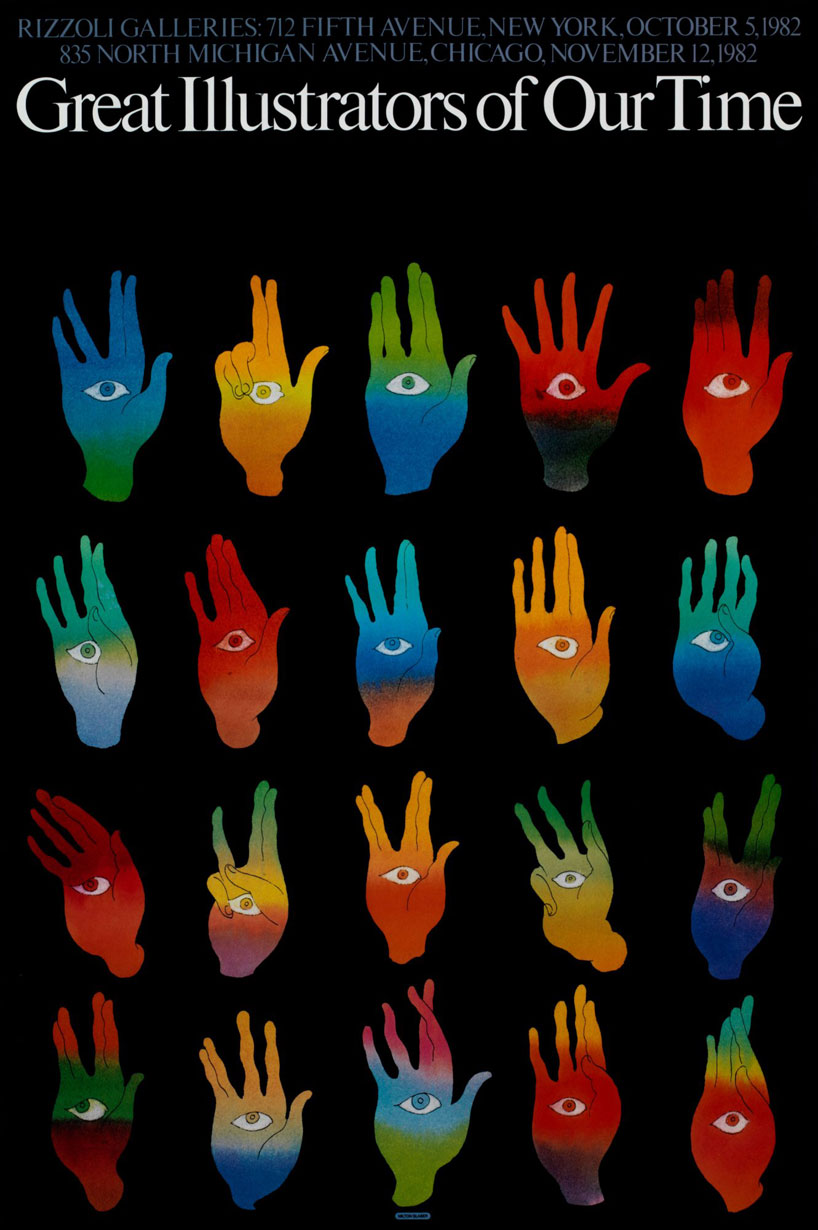
poster, 1982
DB: can you describe an evolution in your work from your first projects to the present day?
MG: if I would try to be positive, the earlier work has perhaps more virtuosity in it and an attempt to display that virtuosity, which is a characteristic of youth. it was developed in the sixties, so the early work, like the poster for dylan has that almost psychodelic sense of post- or proto-art nouveau look. over the last twenty years it becomes more simple, more direct, I think stronger, more reductive… even though I love the decorative. I’m very interested over the last couple of years of seeing how complex ideas can be expressed in simple graphic terms, but it is not exactly the way the modernists did. (in high school I was convinced that modernism was the way to ‘see the world’. later I got more interested in art history, and then when I went in the early ’50s to live in italy, seeing the passage of styles of the baroque and the romanesque and the roman and the gothic – you couldn’t say that the modern was in any way a superior way to express an idea. it was just a different way of saying things).
DB: do you think today there is the proliferation of the decorative without a real social significance, decoration in absence of common values, … pretty superficial?
MG: it has been discredited by the modernist movement, where reductivness and simplicity was elevated in a kind of religious fervor. if you eliminate ornament, (coming out of the secession movement at the beginning of modernism) than you eliminate the bad part of design. ornament itself was linked to lack of morality. it is obviously a silly premise, but it is a very durable one. I see decoration less dramatically. the way you follow these forms is like what happens in painting. you know, that a few years later it is going to somehow manifest itself in the design world. and now there is a lot of decorative painting around. so it’s just an alternation between romantic and classic, between heart and head, an alternation between purity and complexity. that’s the pattern of the world.
DB: please tell us more about your manifesto ‘first things first’ (signed in 1964 and in 2000).
MG: along with a group of other designers, we discussed the making of design, completely dependent upon economics, of having to just serve the interests of corporations. commerce is basically the heart of design. what you’re doing is communicating to people about what to buy, which is not totally bad, but the best you can do is to be selective:I do a lot of work for cultural institutions because although they may not be entirely harmless, they’re more benign than other institutions.
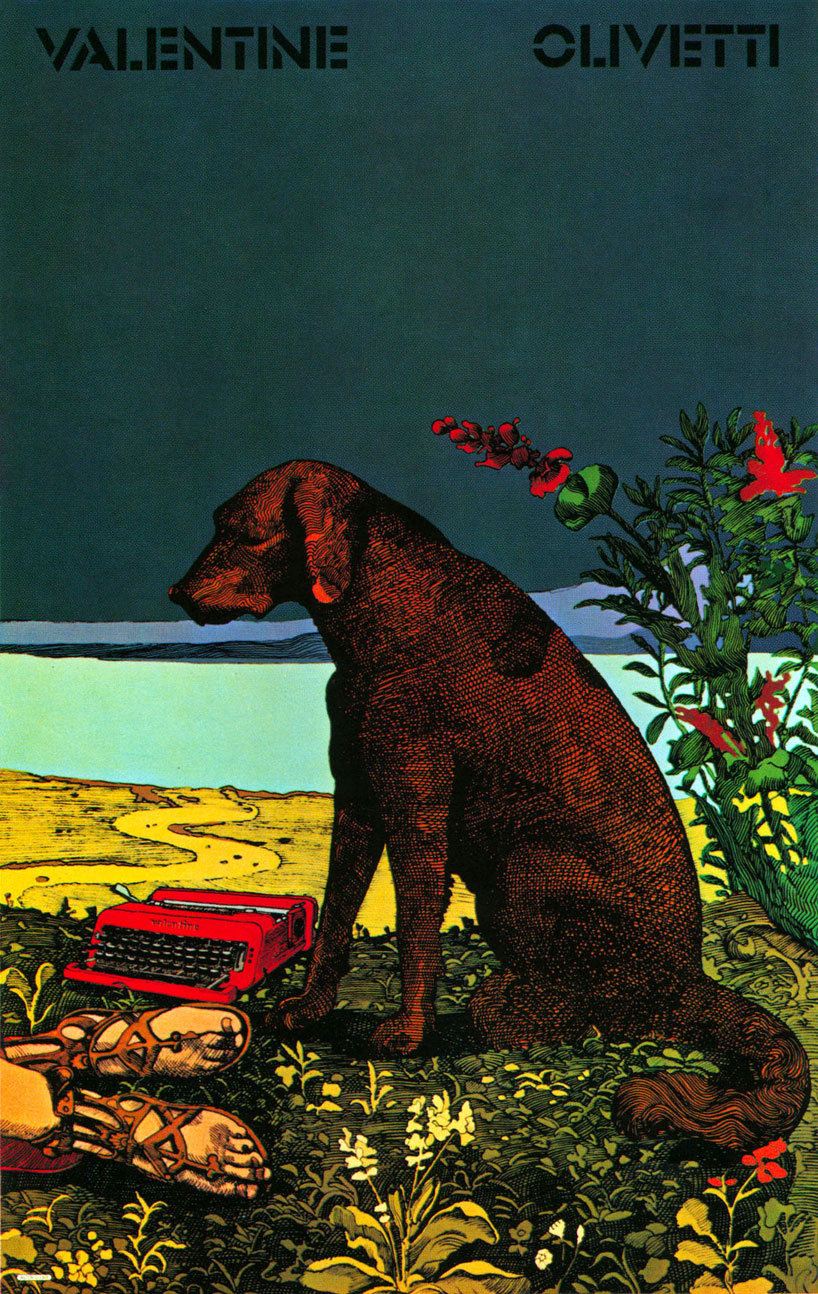 olivetti ad, 1968
olivetti ad, 1968
DB: ‘I love NY more than ever’, why a a variation of the icon?
MG: the only subtlety is the wound, which is located on the lower ‘west side’ of the heart. the shaded portion represented the very area in lower manhattan where the once proud world trade center twin towers stood until a pair of hijacked passenger jets slammed into them. showing a wounded heart is important. to attain healing, the first thing one must do is to acknowledge that there’s pain. unfortunately the department of commerce seemed tepid to adopt this creation. that’s why I sent the new logo to the ‘new york daily news’, which lost no time reproducing it and using it to wrap the newspaper. close to a million copies of the logo circulated around the city, turning up on windows, lampposts and subway walls.
DB: is there any graphic designer and/or artist , you appreciate a lot?
MG: so many. I’ve always loved bruno munari. among the americans I’ve always liked paul rand. there is a rich scene of american designers. I find myself always drawn to the viennese secession, the art nouveau movement and the arts and crafts. in fact the historical evolutions of all those manifestations of the origin of modernism. of course I’m very interested in the renaissance, and I collect african arts… I don’t have a very singular reference, what I do have is a sense that all of this, I mean all the contributes of human experiences, is one thing. if you look at key paintings, siena of the 12th century, … you look at the high renaissance,… it is all one continuos evolving cycle. I don’t pick… this I like, no, not this one… maybe it is a characteristic of training, and of being jewish, being outside of the culture to some degree. people who are outside the culture tend to pay more attention to things outside the culture. and they do not necessarily adapt to the belief system of the culture.
DB: and those still working?
MG: there a lot of good people around. I like stefan sagmeister very much.
left: ‘hummingbird’, celebrity created holiday cards – world hunger year, 2003 inside: ‘may your holiday be full of beautiful surprises’
center: poster, 1996
right.: the world health organization’s international AIDS symbol and poster, 1987
DB: do you design on a computer?
MG: I never touch a computer with these hands but my assistants of the office use it every single day. there is no way running a design office without using a computer.
DB: any advice for the young?
MG: it’s a tough business, you have to be amazingly consistent and persistent. you have to work like hell. you cannot become an excellent practioneer without constantly working hard all your life. it is not an easy way to earn your money. you have to be well trained and you have not to be narrow to references, because everybody else is doing that at the same time. the richness of understanding comes from the deep historical, philosophical idea.
DB: what are you afraid of regarding the future?
MG: I’m afraid of the end of human species. the fact that we are at the brink of extermination. the earth itself has been so defiled and so abused that in a very short time, and I mean in a really short time, it will not be able to support its inhabitants. particularly since we and the world are responding so poorly to the situation.
happening now! with sensiterre, florim and matteo thun explore the architectural potential of one of the oldest materials—clay—through a refined and tactile language.
